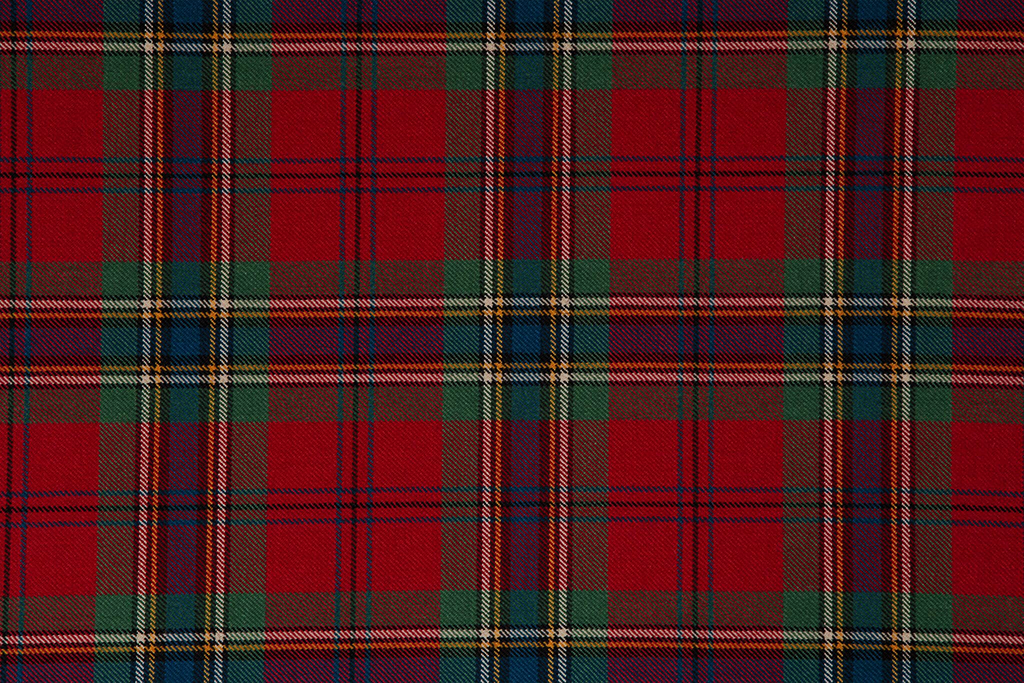The earliest reference to a tartan occurs in 1471, and is an account by a treasurer to King James III of the purchase of tartan for the use of the King and Queen of Scotland. The origins of the tartan are uncertain, but renewed popularity in the 19th century have revitalized this ancient practice. Many tartans have ancient and modern colors. The simple explanation is that ancient dyes were inferior to modern dyes.
Maclean of Duart
Maclean of Duart tartan is the most common tartan used my members of the Clan MacLean from the lines of Duart, Coll, Lehir, Morvern, et al. It is also the basis for the Royal Stuart Tartan. “Muted,” “weathered,” and “ancient” versions of this tartan are also popular which simulate ancient dyes.
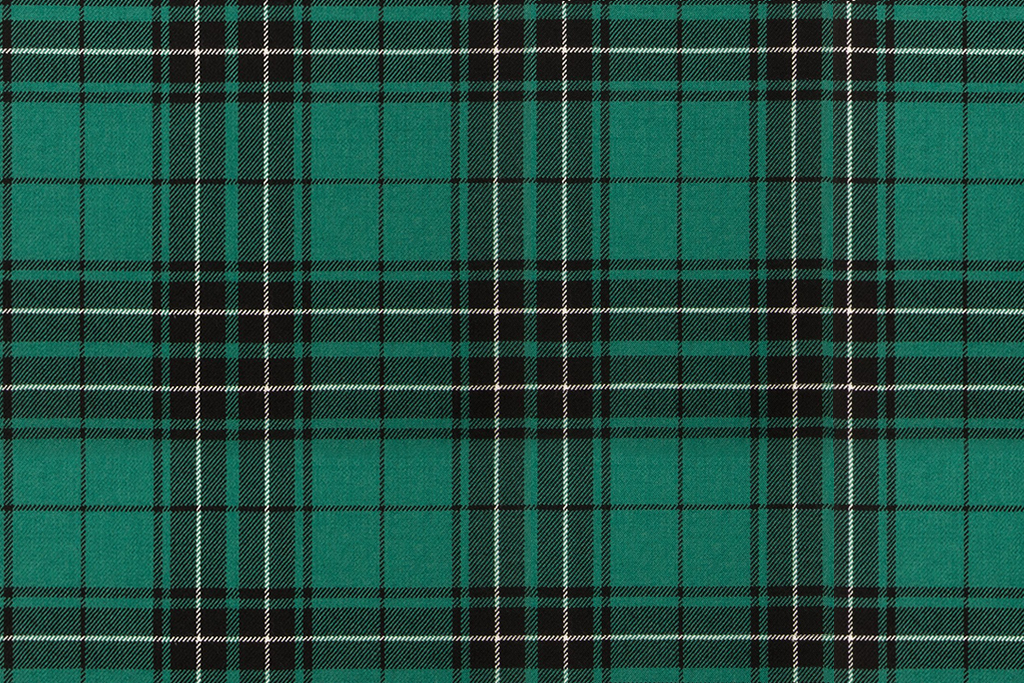
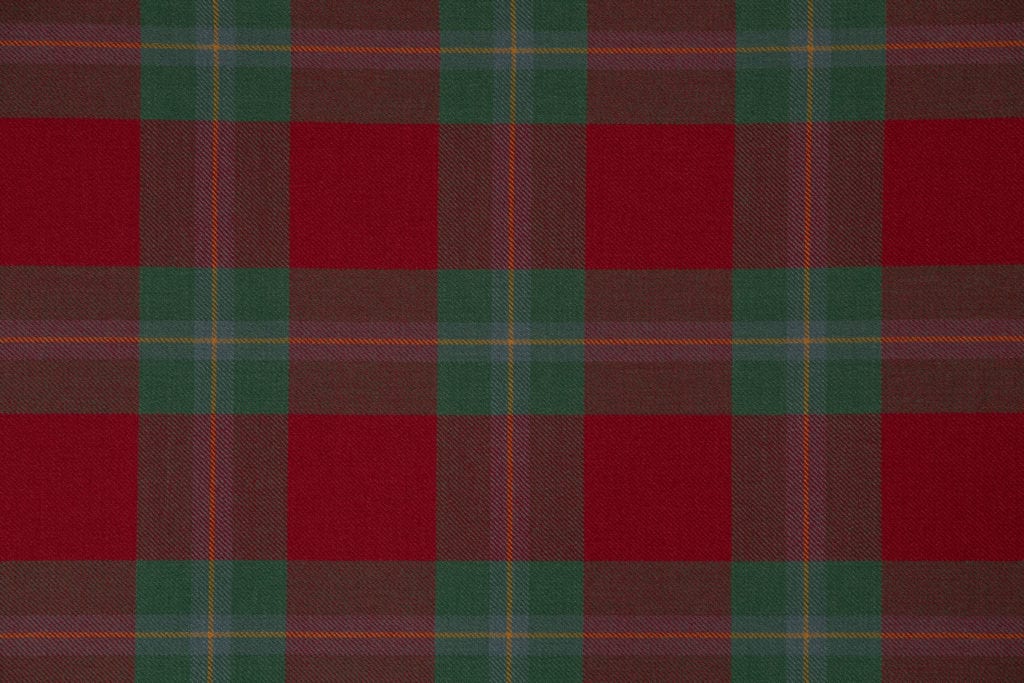
Maclaine of Lochbuie
Maclaine of Lochbuie is the primary tartan used by the Maclaines of Lochbuie. “Muted,” “weathered,” and “ancient” versions of this tartan are also popular which simulate ancient dyes.
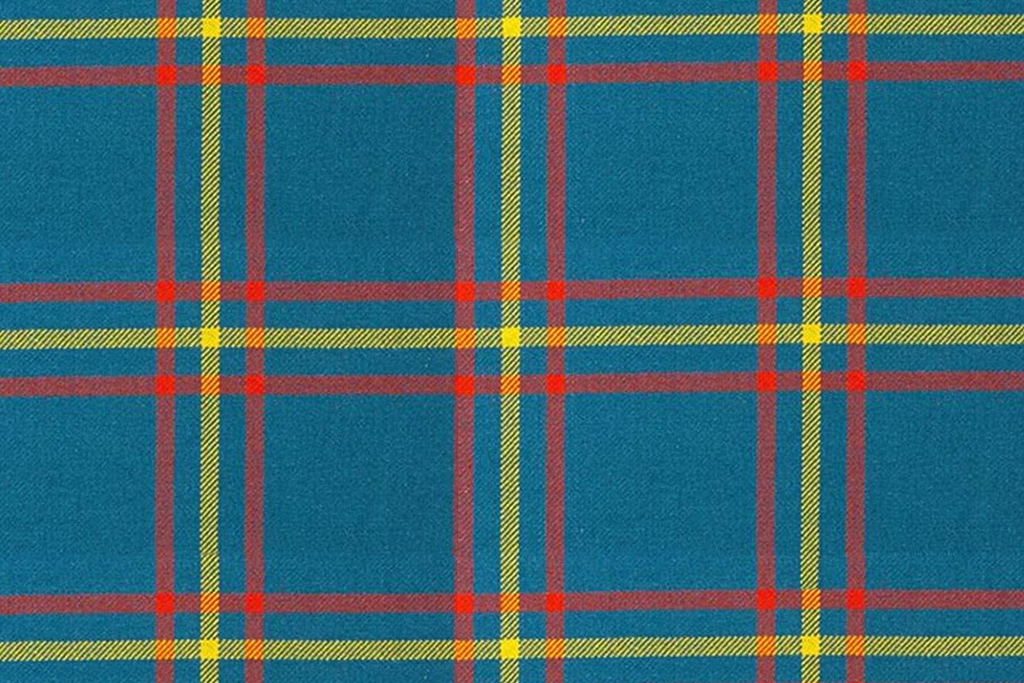
Maclaine of Lochbuie Hunting
The Lochbuie Hunting tartan is popular for casual occasions and is reminiscent of the seascape near Moy Castle.
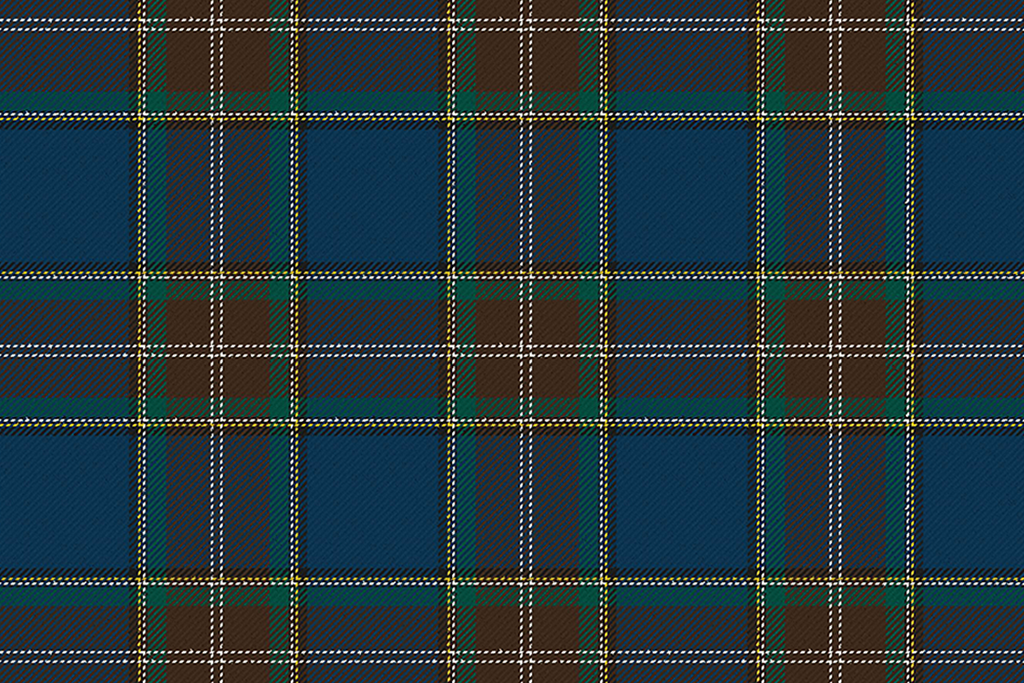
Maclean of Kingairloch
The Macleans of Kingariloch has long been associated with Morvern the and the colors of this tartan reflect the beautiful Loch Linnhe.
Following the Jacobite Uprisings, Scots were prohibited “upon pain of death” from wearing the tartan. Today however, it is common practice among those of Scottish descent. If you are going to wear the tartan, it is appropriate to wear your own clan, district, or one that you have some familial connection with.

